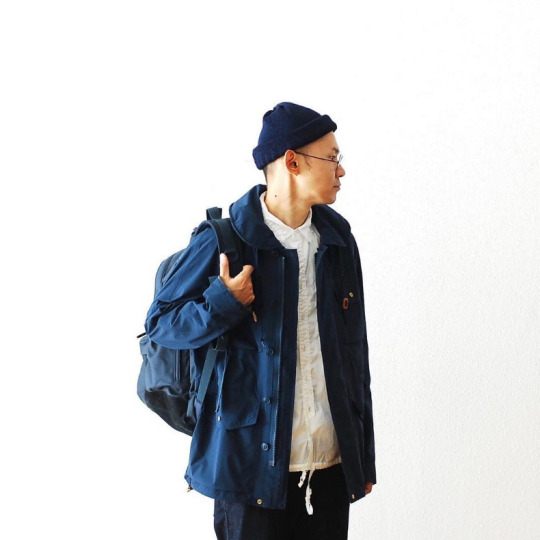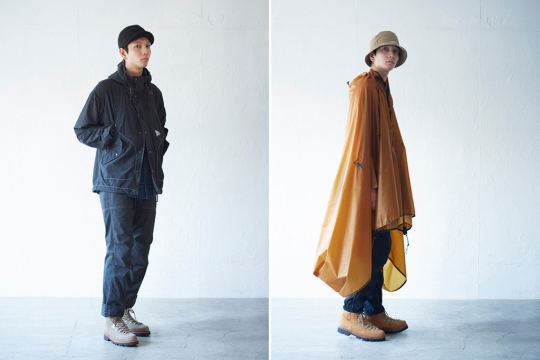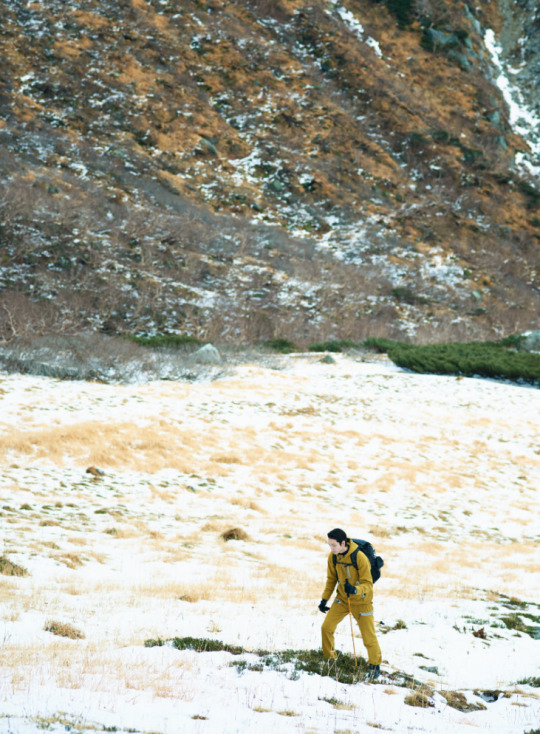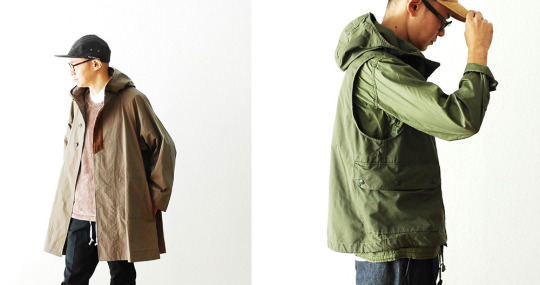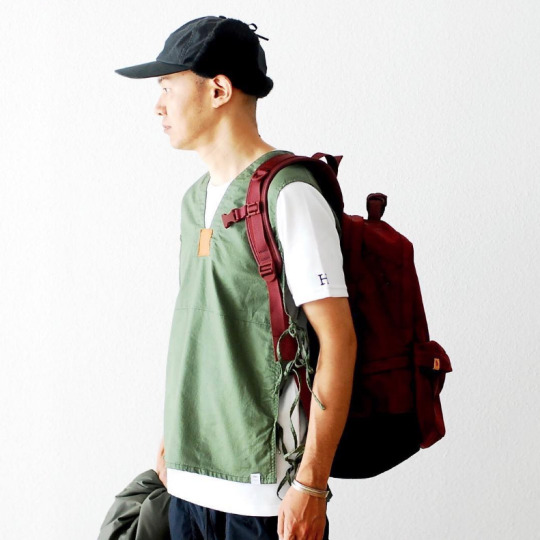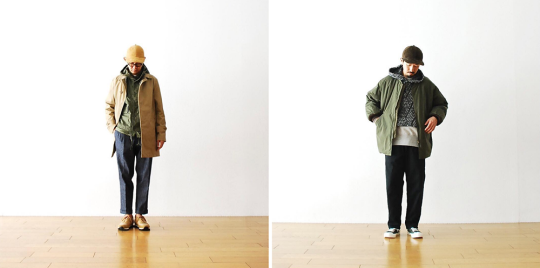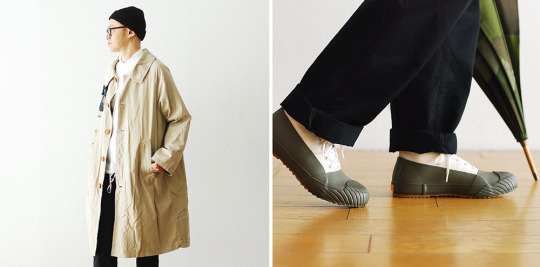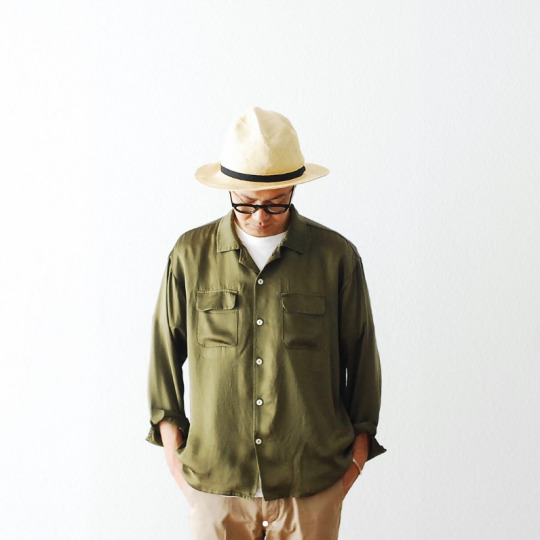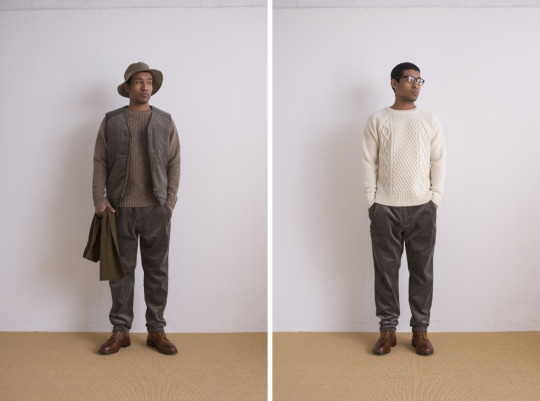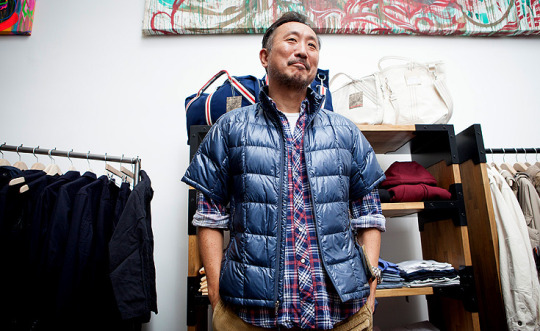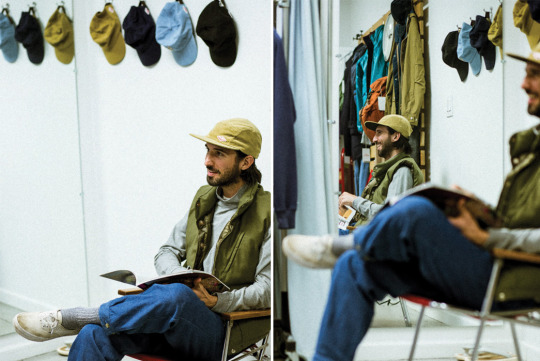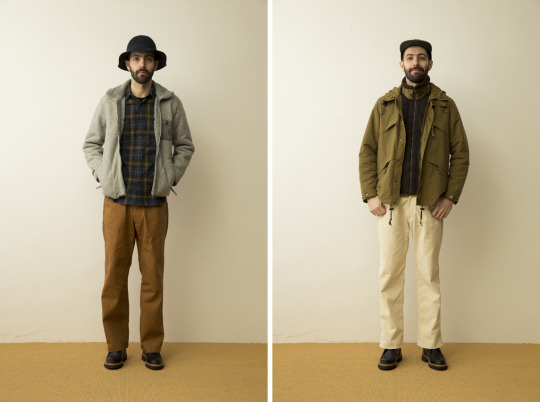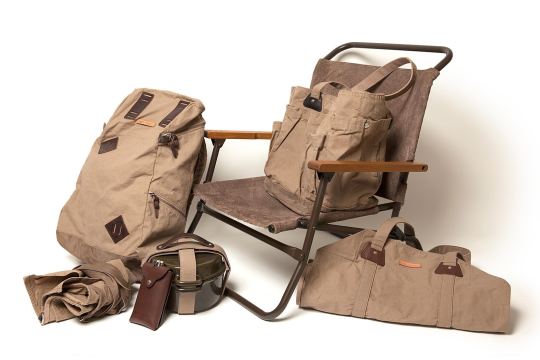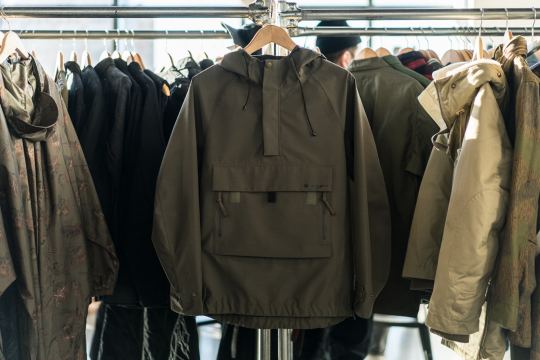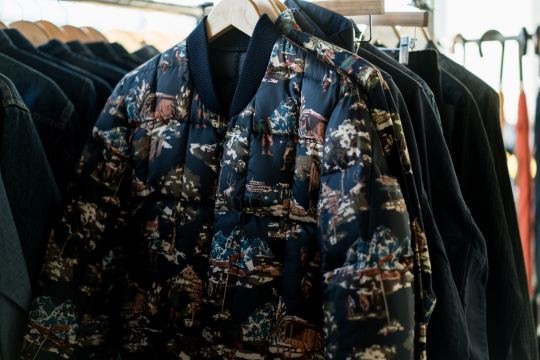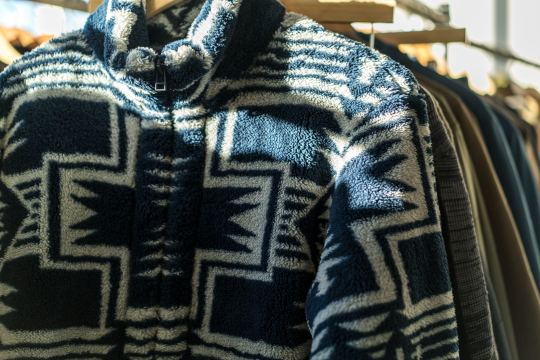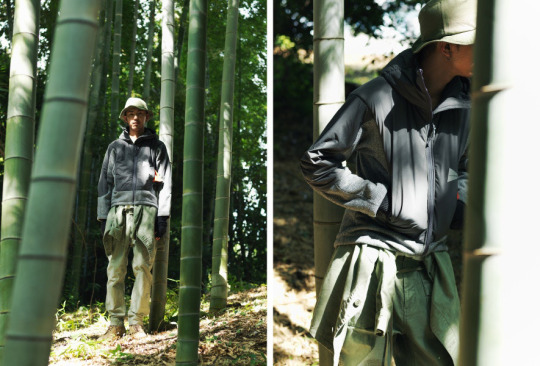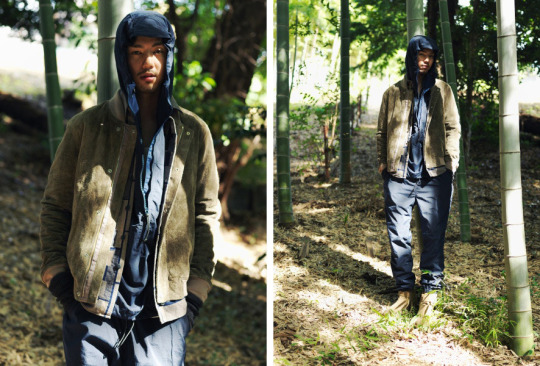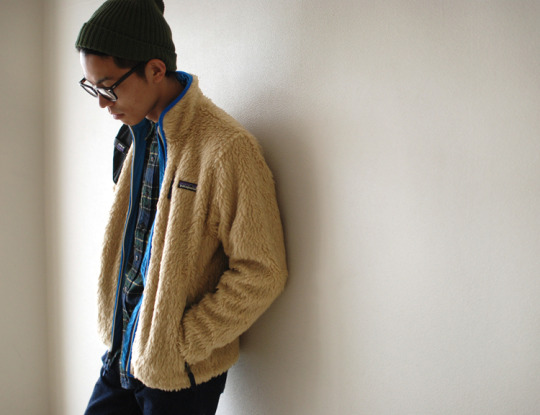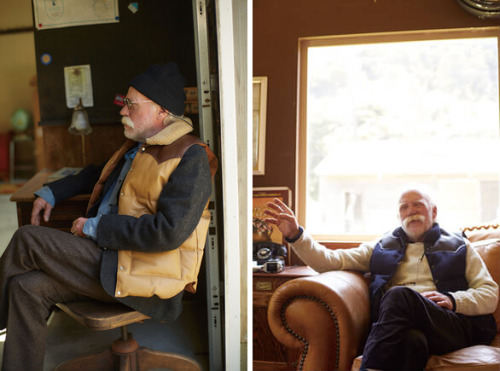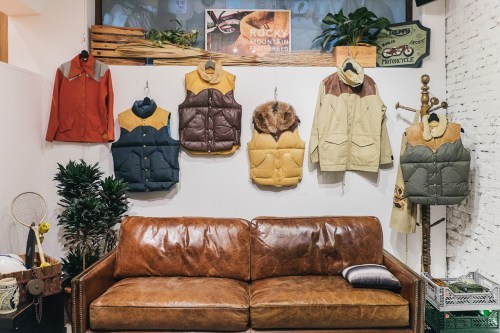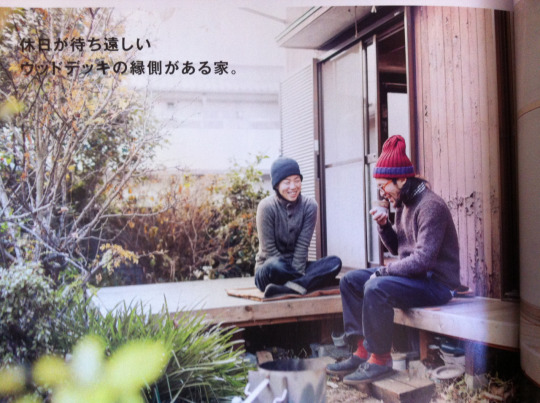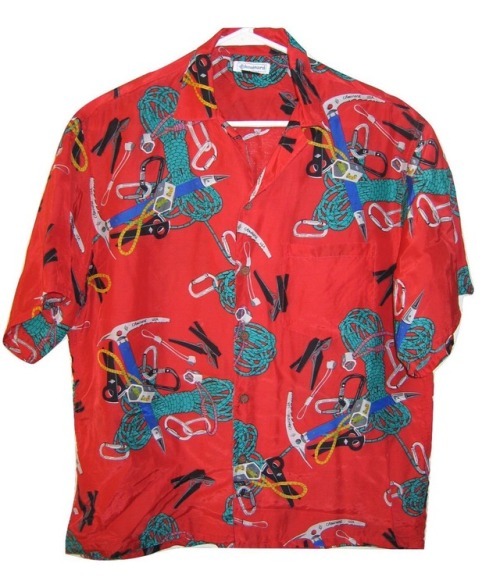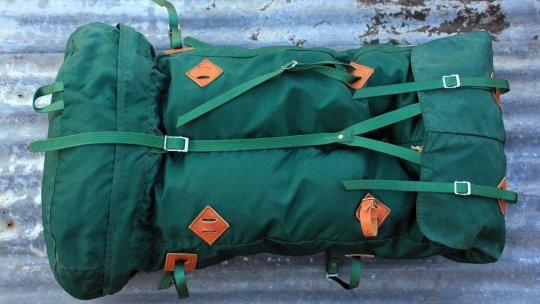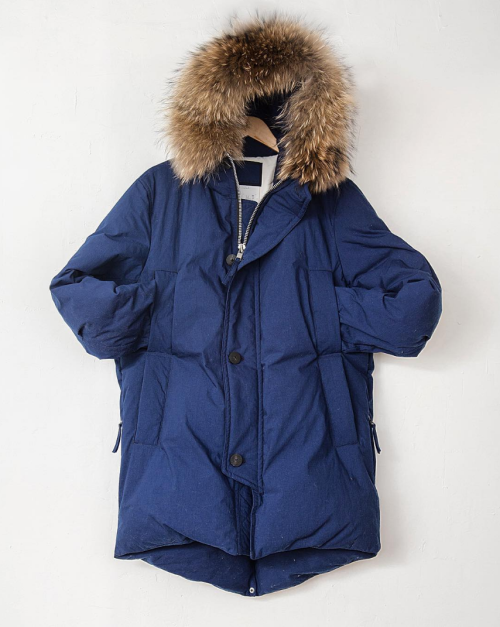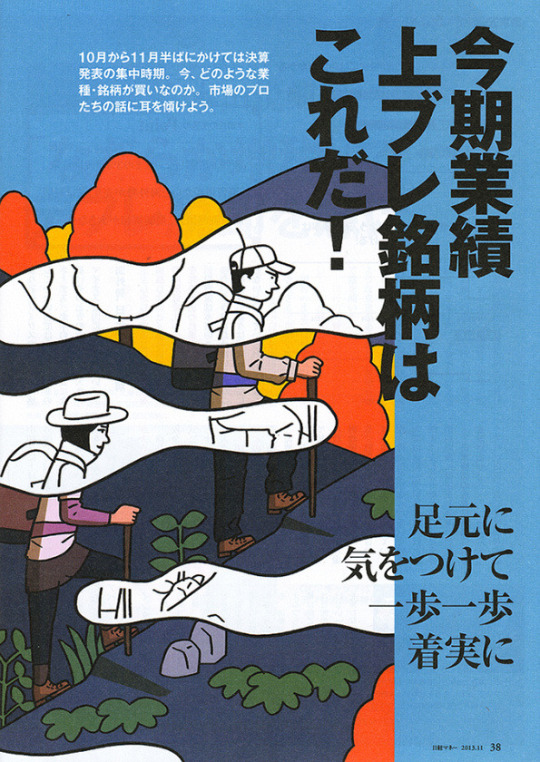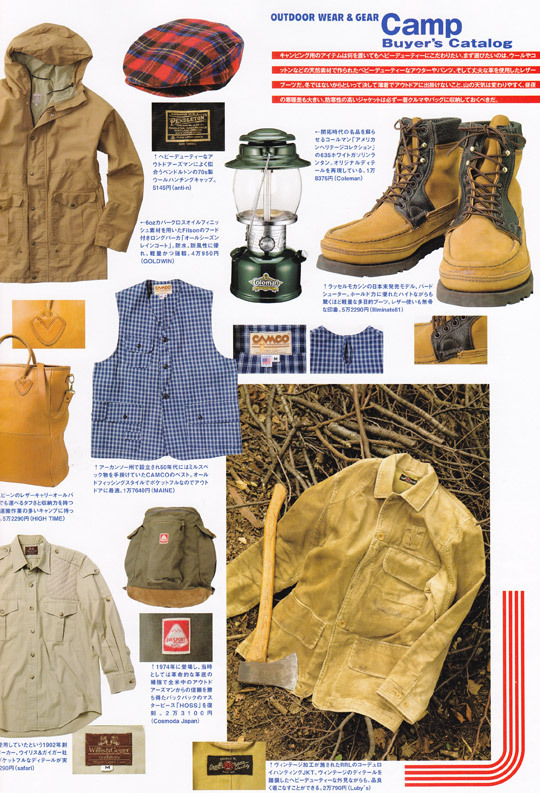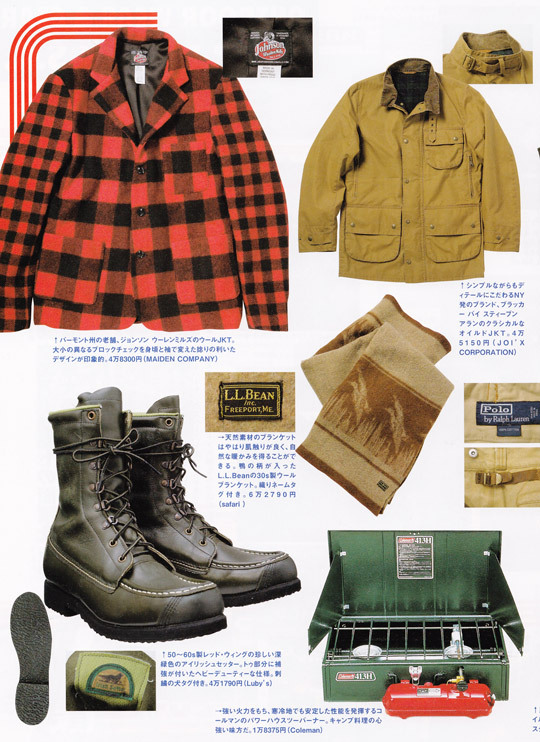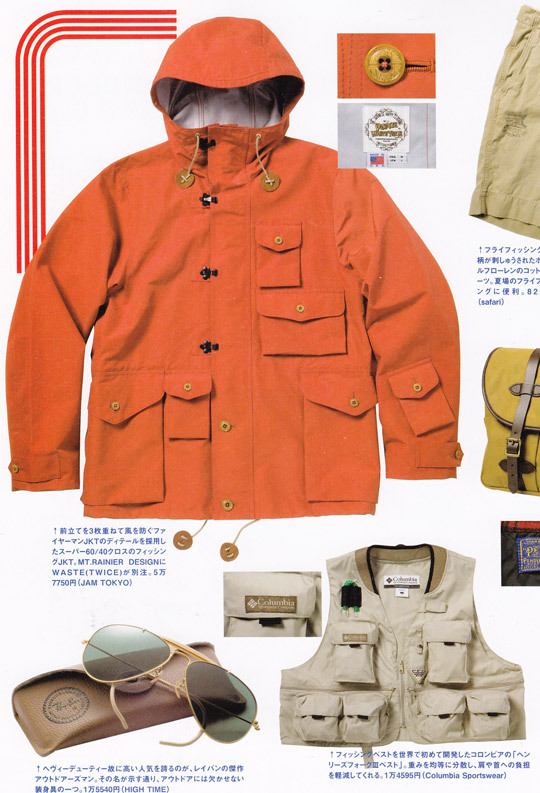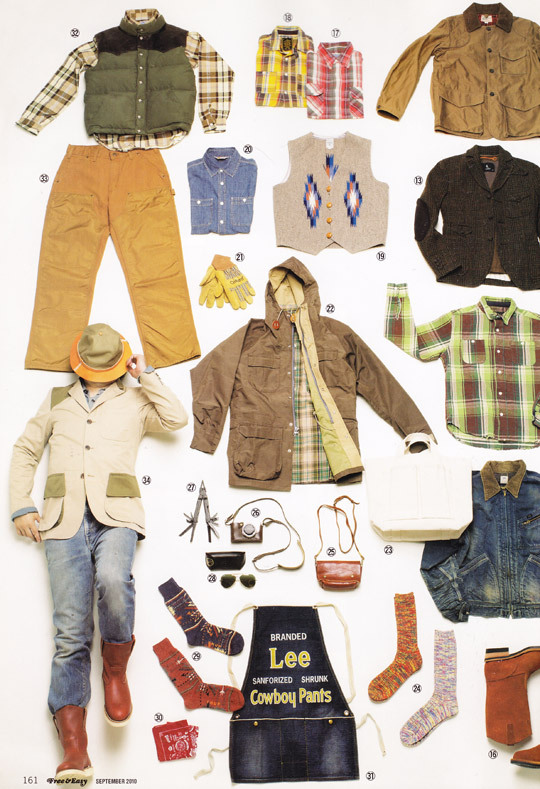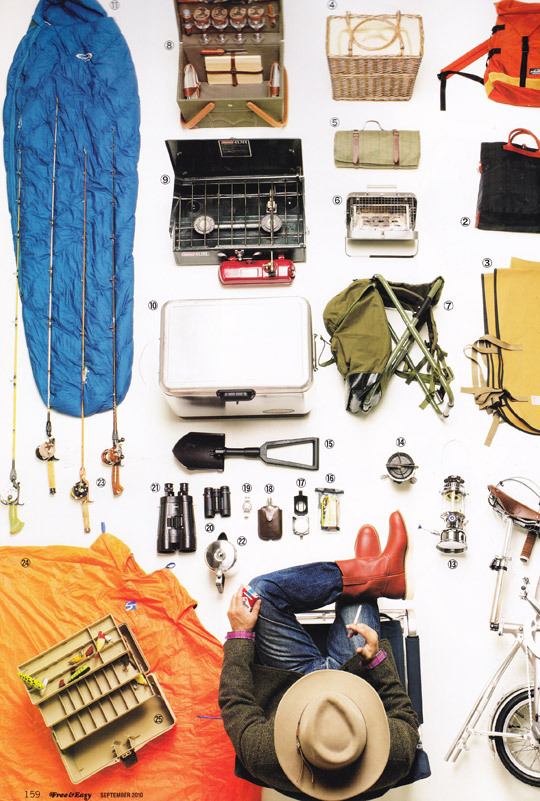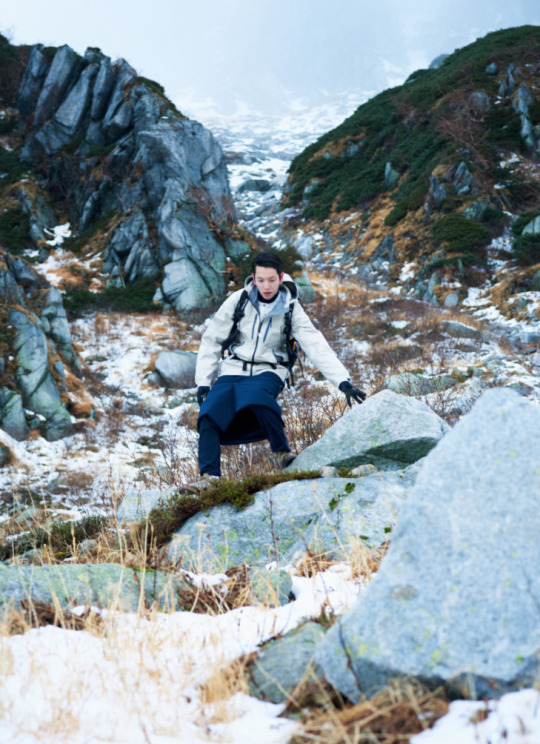
Back in the early 1940s, Leon Leonwood Bean – founder of L.L. Bean – wrote a practical guide on living in the great outdoors. The point of the book, he wrote, is not to “bore readers with personal yarns and experiences, but to give definite information in the fewest words possible on how to hunt, fish, and camp.” The book, while not that well edited, is tightly packaged into 104 pages. It also covers everything from building beds to cooking outdoors to finding lost hunters. You can find it these days through Amazon (it makes for a nice gift for outdoor enthusiasts), although it’s also available for a free read through Google Books.
Naturally, for the purposes of this blog, the most interesting section is chapter twelve, which covers what to wear when you’re out in the hills. Leon Bean suggests taking along a pair of 12″ leather top rubbers (what I assume are his Bean boots) and shorter 6.5″ moccasins for dry days, when you’re out on the ridge before it starts snowing. Pants should be medium-weight wools built with knitted or zippered bottoms; outerwear ought to include a medium-weight, all wool coat with a game pocket at the back; shirts should likewise be made from wool, with at least one being a red paid in case “you go out to drag a deer without a coat” (that way, you won’t be shot by other hunters.) A sign of his times, Bean suggests leaving the house with your heaviest business suit. And for handkerchiefs, he says to take along six red bandanas (never anything white). “I also recommend colored toilet paper,” he writes.
The excerpt is charming, and even if it’s a bit antiquated, it nicely describes a sort of autumn style that still feels relevant today. To be sure, outdoor clothing has always defined fall wardrobes, whether that’s tweed sport coats worn out in English countrysides or the sort of workwear Bean favored. For me, a big inspiration at the moment is Japanese hiking gear – a little more casual than traditional tailoring, a touch less rugged than shooting apparel. No less outdoorsy.
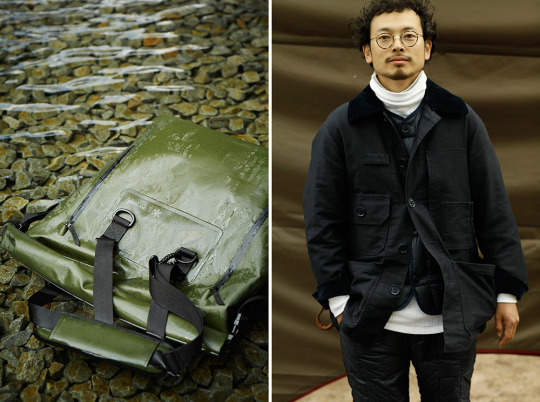

According to my friend Kyle, hiking is big in Japan. People of all ages in the country love to engage in the activity, as well dress up for it – putting on the right jacket, choosing the right boots, pulling out the ideal bag. This is especially true of older people, who have a lot of money and even more time.
These are very specific kinds of hikes. “What it really means is taking the train a few stops outside of your city, then going for a walk on an existing path through a bit of nature,” says Kyle. “It’s very pleasant, but nobody needs all that gear – they just love wearing it. And when you take the train in Japan on a nice day, outside of rush hour and heading into the countryside, you’ll literally be surrounded by people wearing the sort of outdoor gear you see in Japanese magazines. They’re all going hiking.”
I’ll admit, I’ve never seen how these people dress in real life, but I’d like to imagine it’s the sort of outdoor apparel I’ve been in love with for a while.
A standout in this category is Snow Peak, a Japanese company that started selling camping equipment in the 1950s. In the last few years, however, they’ve expanded into apparel. They have these bold, camp-inspired prints that remind me of the best of Ralph Lauren in the 1990s. Their waxed down coats have removable sheepskin cuffs; their cargo pants look functional without being fratty. This is the sort of company that mixes indigo Japanese cottons with performance textiles, making outdoor clothes people can wear in the city or country without fear of looking like a suburban dad. Just take a look at this season’s new collection. It’s tremendous.
There are a ton of other Japanese companies like this, each with their own way of balancing function and style. See brands such as And Wander, Manastash, South2 West8, Nanamica, Sassafras, and Battenwear. These brands aren’t making true tactical gear – you’ll want something more rugged if you’re genuinely scrambling up scree – but to my mind, they’re perfect for these kinds of leisurely, countryside walks Kyle tells me about. And, frankly, the kind of clothes you can actually wear in the city come fall.
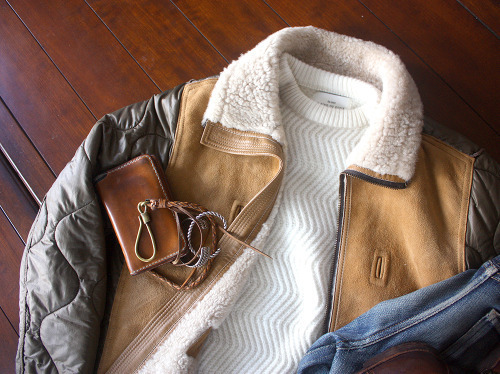
Like with anything, the style can be worn as conservatively or wildly as you wish. I prefer a mix of the two – basic fleeces layered under a more interesting coat, paired with chunky boots and a retro-styled, outdoorsy bag. Some pieces this season I think are particularly nice for pulling together a Japanese hiker look:
- Outerwear: Naturally, everything starts with outerwear. Rocky Mountain Featherbed’s down-filled coats, made with Western styled yokes, would be great for layering over flannel workshirts. Skiers and ranchers used to wear them back in the 1970s to protect themselves from the cold (they’re just as durably made today, but will more likely protect you from the chill of low like counts on Instagram). I also dig Monitay’s waxed cotton mountain parka, which is a bit more rugged than the 60/ 40 originals, Battenwear’s slimmed down anoraks, and Goldwin’s ski jacket with elongated zips. Eastlogue’s Shield parka looks to be a beast, but it’s also kind of pricey. No Man Walks Alone, a sponsor on this site, is introducing Fujito this season to the US market. They supposedly have more affordable outerwear. And Indigo & Cotton has a handsome Still by Hand quilted vest on sale.
- Fleece: I really want to purchase a fleece this season. The standard is Patagonia’s Retro-X zip-up (best vintage, as then you get that deep pile). That said, there have been many worthwhile riffs over the years. See, for example, this season’s offerings from Albam, Outlier, Battenwear, Garbstore, and Wood Wood x Champion. My favorite at the moment is this offbeat fleece jacket from Eastlogue, which looks similar to the Ten C liner I have pictured above. It seems like it would pair well with textured knitwear.
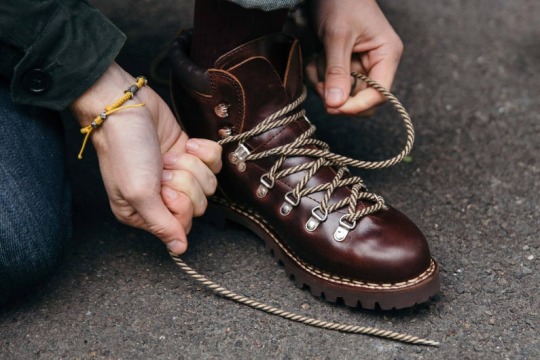
- Shoes: What’s a hike without proper shoes? Stylish hiking boots can be found these days at nearly a dozen companies, from the affordable Alico to very expensive Ralph Lauren Purple Label. There are also some great models from Danner, Buttero, Feit, Diemme, and Paraboot (the last of which is pictured above). For something less rugged, I’m digging these “all weather” sneakers at Drake’s. You can wear them with Wigwam’s ragg cotton socks, which are nicely priced at just $15/ pair.
- Bags: My favorite hiking bag is an old Ralph Lauren piece the company released as part of a Yosemite collection. It’s sold out now, but you can sometimes find it on eBay. It has some great details – a little green patina on the hardware, felt backed straps, and a sturdy leather bottom. Other great outdoor bags include those from Mystery Ranch, Kletterwerks, Epperson Mountaineering, and Poler. I also like this Patagonia Arbor backpack as a semi-affordable option, as well as Filson’s dry pack for its weather resistance. If money is no obstacle, this Gore-Tex Porter bag looks incredible.
- Making the Style More Interesting: The key to making any casual outfit work is being willing to experiment. Try layering with one of these tactical pullovers from Monitaly and Goldwin, or incorporating a more interesting coat – something like these quilted Eastlogue jackets or this season’s North Face collab with Junya Watanabe. Minotaur’s water repellant pants and Chimala’s baggy cargos could be nice alternatives to jeans. Even an oversized military liner – worn like this, but with the sleeves down – can be a good way to play with proportions without breaking the bank. Like with actual hiking, sometimes you have to find your own path.
